Contrary to circulating conspiracy theories suggesting that the SARS-CoV-2 coronavirus, which causes COVID-19 infection, is a synthetic, ‘man-made’ virus that was created in a laboratory and then unleashed to cause the current global crisis, a recent study published in the journal Nature Medicine helps lay these claims to rest.
Through comparative genomic analysis, the study researchers found that the novel human SARS-CoV-2 coronavirus closely resembles coronaviruses found in animals such as bats and pangolins. Furthermore, it was shown that SARS-CoV-2 lacks the presence of any ‘lab-engineered’ components, such as a vector backbone derived from another animal (i.e. mouse) – this is typically required to make new viral constructs in a lab.
“By comparing the available genome sequence data for known coronavirus strains, we can firmly determine that SARS-CoV-2 originated through natural processes,” said Kristian Andersen, Associate Professor of Immunology and Microbiology at the Scripps Research Institute in California and lead author of the study.
The new human SARS-CoV-2 virus belongs to the coronavirus (CoV) family, which represent a large group of viruses that are primarily found in birds and mammals such as bats, camels and cats. These viruses can cause different illnesses ranging from the common cold to more serious respiratory tract infections.
Some of the more recent and virulent strains of human coronaviruses arose from the evolution and transfer of coronaviruses from animals. Viruses evolve through natural selection pressures that genetically transform them so that they can infect a new target host of a different species. Diseases that are transmitted from animals to humans are called zoonotic diseases.
There are now seven known coronaviruses that affect humans, of which the Severe Acute Respiratory Syndrome (SARS-CoV-1), the Middle East Respiratory Syndrome (MERS-CoV) and now SARS-CoV-2, are shown to be derived from animal coronaviruses and can cause serious illness in humans. The other human coronaviruses (HKU1, NL63, OC43 and 229E) cause milder symptoms.
Coronavirus strains similar to human SARS-CoV-1 are largely found in bats, which likely serve as the primary host reservoir of the viruses, but can also be found in pangolins. Transmission of these viruses to humans can occur from a primary host or through a secondary, intermediate host.
Related: COVID-19 Outbreak Coverage
Structure-Function
Coronaviruses have an outer protein coat that has distinctive structural projections on its surface known as spike (S) proteins, which give the virus a crown-like appearance. The name “corona” is Latin for “crown,” which is why the viruses were given the name “coronavirus.” The spike protein functions in the binding of the virus to host cells.
To help decipher the origin of the SARS-CoV-2 coronavirus, investigators of the Nature Medicine paper conducted comparative genomic analysis to compare the genome of SARS-CoV-2 to other strains of both human and animal coronaviruses. They found that the virus is closely related to human SARS-CoV-1, as well as specific bat and pangolin coronavirus strains.
It was found that SARS-CoV-2, however, differs from SARS-CoV-1 and the animal coronaviruses based on two main features: 1) the receptor-binding domain (RBD), which helps viruses attach to host cells and 2) the presence of a novel cleavage site, which plays a role in entering cells. Both are located in the spike protein of the virus.
The RBD binds to an enzyme on host cells called angiotensin-converting enzyme 2 (ACE2). There are six amino acids in the RBD that have been shown to be critical for ACE2 binding. Through their analysis, the study researchers found that five of the six RBD amino acids differ between SARS-CoV-2 and SARS-CoV-1. Based on structural and biochemical studies of the binding properties of the RBD, it appears that the amino acid changes in SARS-CoV-2 may allow it to bind with higher affinity to ACE2 on human cells.
It is thought that these mutational changes may have occurred in an originating animal coronavirus during host-host transmission, giving rise to the novel SARS-CoV-2 virus.
Natural Origins
Based on the strong similarities of SARS-CoV-2 to related human and animal coronaviruses, it can be concluded that the virus has a natural origin. Moreover, artificial engineering of a virus requires a DNA backbone or template, which is often derived from an animal such as the mouse. In fact in 2013, a research group generated a new coronavirus that was “a chimeric virus expressing the spike of bat coronavirus SHC014 in a mouse-adapted SARS-CoV backbone.”
The study by Andersen and colleagues, however, shows no evidence of genomic components related to mouse or any other animal (unrelated to the bat or pangolin) in the genome of SARS-CoV-2, further debunking the claim that it is a laboratory-made virus.
“Our analyses clearly show that SARS-CoV-2 is not a laboratory construct or a purposefully manipulated virus,” states the study.
The Huanan Seafood Market in Wuhan, China is where many of the early cases of COVID-19 were traced back to. It has been reported that wildlife such as bats and pangolins, many of which were illegally imported into the city, were kept in confined spaces in the ‘wet market’, housing the perfect breeding grounds for viral transmission among them, and humans.
In the study, analysis of pangolin coronaviruses showed a high degree of similarity to SARS-CoV-2, with all six spike RBD amino acids actually being the same between the two. This suggests that the RBD of SARS-CoV-2 was modified to enhance human cell binding through natural selection that occurred in the pangolin, which may have served as a secondary host for a bat coronavirus.
Interestingly, neither bat nor pangolin coronaviruses contain the spike cleavage site, suggesting further selection changes may have occurred during human-human transmission.
The findings of the study effectively dispel the myth that SARS-CoV-2 is a lab-generated virus as its origins can be traced back to naturally-occurring, known coronaviruses. While the exact evolutionary path of SARS-CoV-2 remains unclear, examining mutational changes associated with specific natural selection pressures during zoonotic or human-to-human transmission can help elucidate its trajectory.

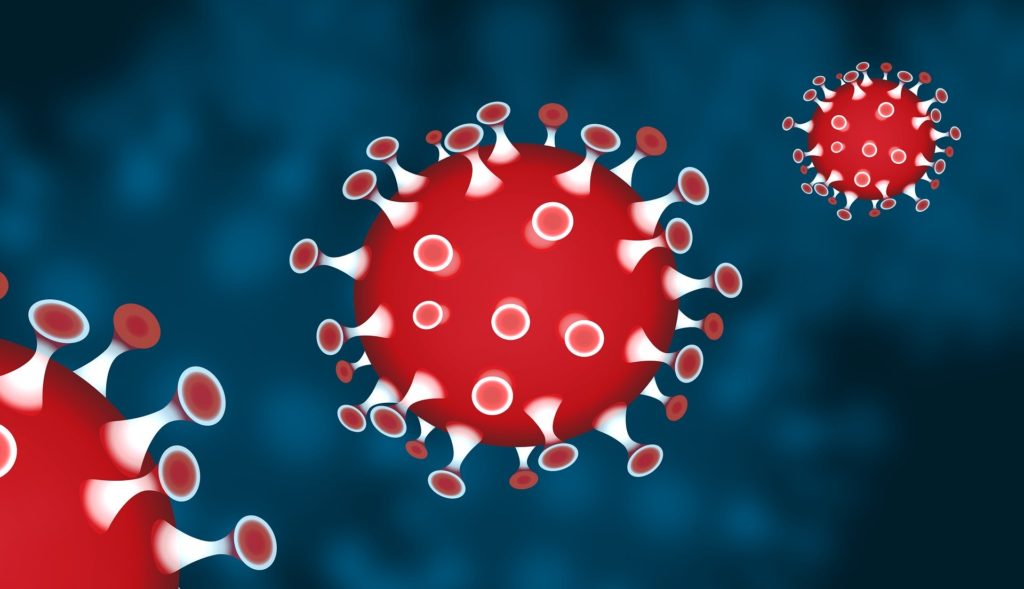
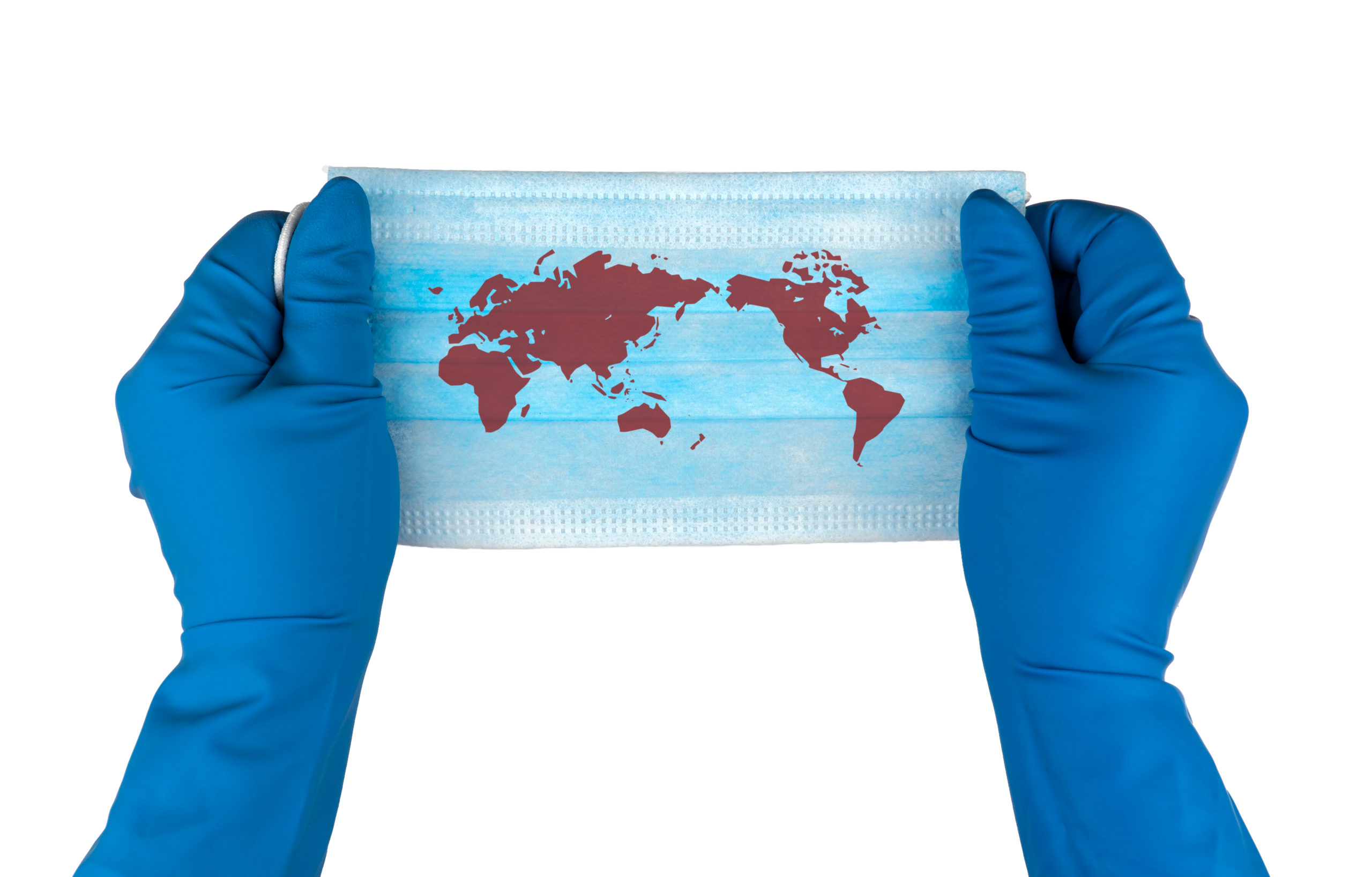
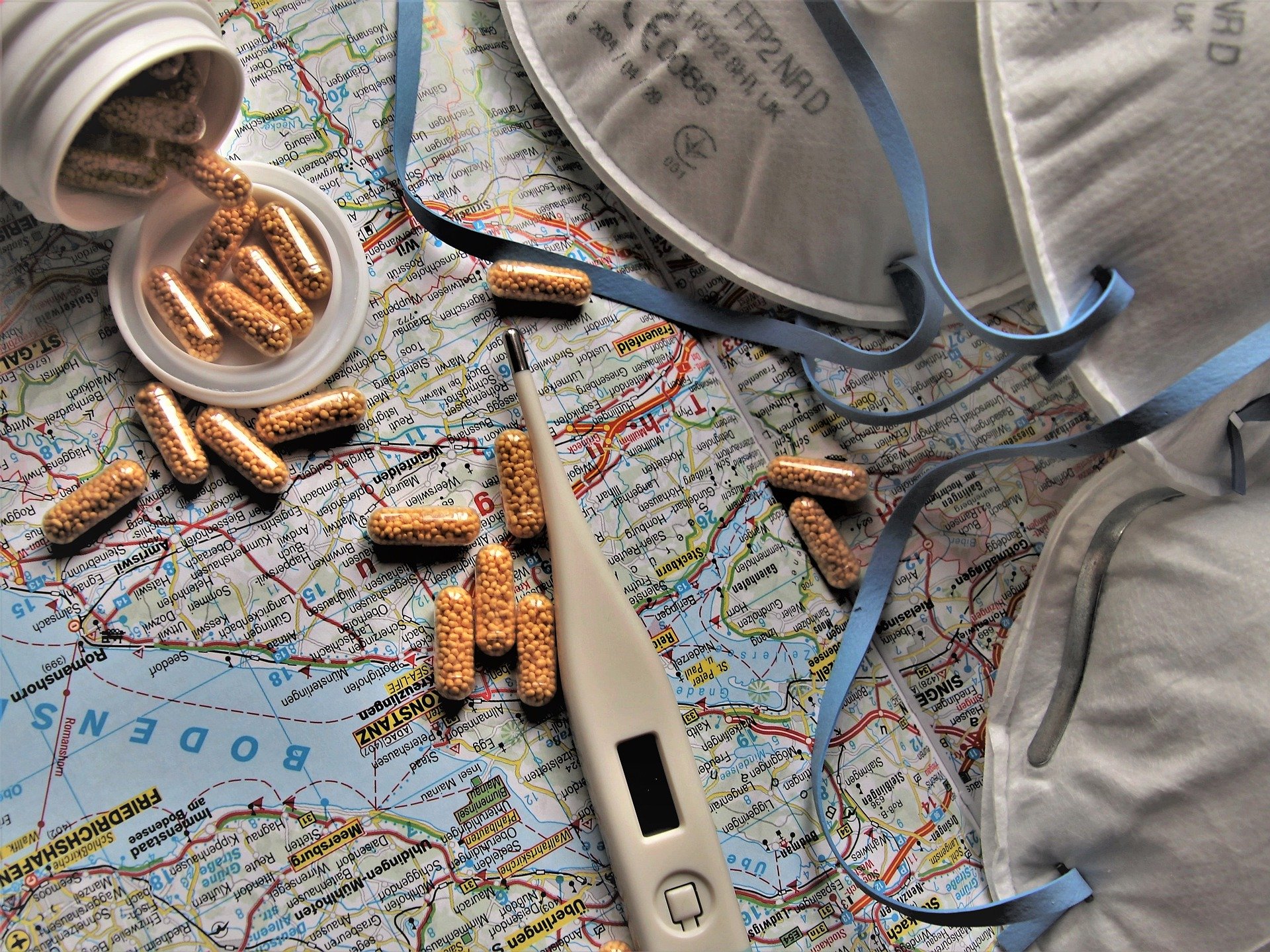

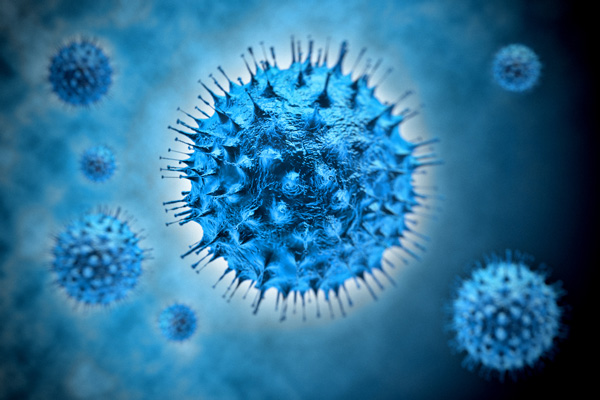
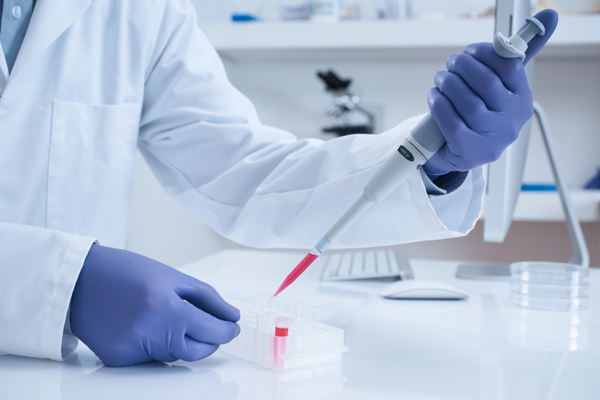



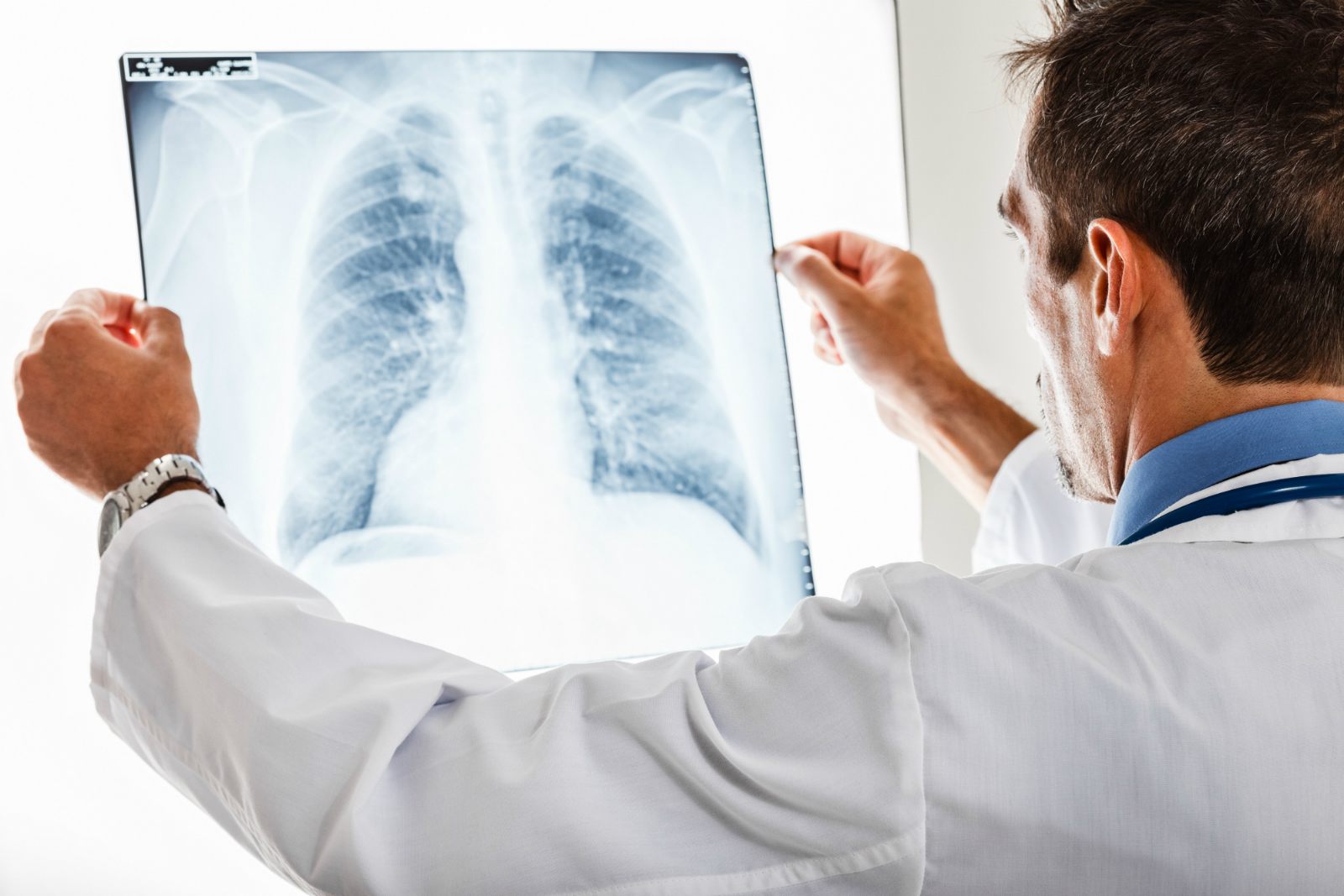
Join or login to leave a comment
JOIN LOGIN